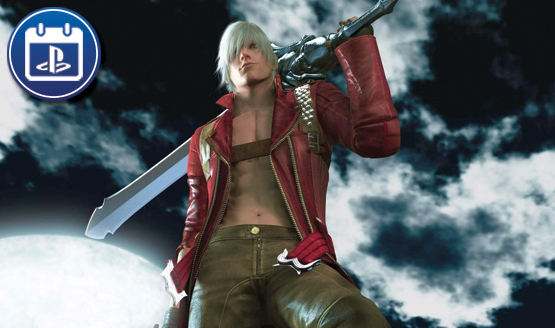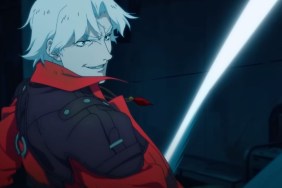August 23, 2001 is a day fondly remembered by Devil May Cry fans, for it was on this day 15 years ago that Capcom hatched its über-stylish hack-and-slash series and introduced the gaming industry to Dante, Son of Sparda.
More than a decade on from that humble debut and with the launch of This Day in PlayStation History — our latest video series designed to spotlight the milestones, anniversaries and birthdays pertinent to the PlayStation community — what better way to celebrate Devil May Cry‘s 15th anniversary than to recap the franchise’s cherished legacy? It’s the first entry in a new series here on PlayStation LifeStyle and as always, we invite you to leave feedback, questions, concerns and your favorite of Dante’s one-liners in the comments section below.
First and foremost, above you’ll find the streamlined video version of This Day in PlayStation History: Devil May Cry, though if you prefer words to moving pictures, the full, comprehensive retrospective follows. Please enjoy.
Long ago, in ancient times, a demon rebelled against his own kind for the sake of the human race. With his sword, he shut the portal to the demonic realm, and sealed the evil entities off of our human world. But since he was a demon himself, his power was also trapped on the other side. I’ve never believed it. I always thought it was just a child’s fairy tale. But I discovered that this so-called legend wasn’t a myth at all. Sparda existed.
That mythic legacy can be traced all the way back to August 23, 2001 — 15 long years ago — when Capcom first swung open the gates of Hell to welcome the launch of Devil May Cry.
Where Does the Time Go?
Originally designed as a sequel to Capcom’s flagship Resident Evil series right around the time that Resident Evil 4 was in pre-production, Devil May Cry quietly became its own beast, favoring flashy combos and acrobatics over the relentless doom and gloom that tends to permeate an RE title. Doubling down on this “coolness” factor, the studio then went about visiting locations across Europe — Spain in particular — to seek inspiration for the game’s gothic environments and aesthetic.
Then known as ‘Team Little Devils’, by the time Devil May Cry touched down in 2001, action fans were enraptured. Featuring characters pulled from the time-honoured Italian poem Divine Comedy — your Dantes, your Vergils, your Lucias — DMC came packing an arsenal of amazing weapons, wonderfully cheesy cutscenes, inspired boss fights and a bona fide mascot in Dante, the cocky vigilante Devil Hunter with an attitude to match.
Hideki Kamiya was the Game Director overseeing production at the time, who placed a heavy emphasis on difficulty spikes and boss battles that often left your fingers twitching and eyes bleeding. Hell I’d still consider Devil May Cry to be one of my proudest Platinums purely because of the Mundus fight on Dante Must Die.
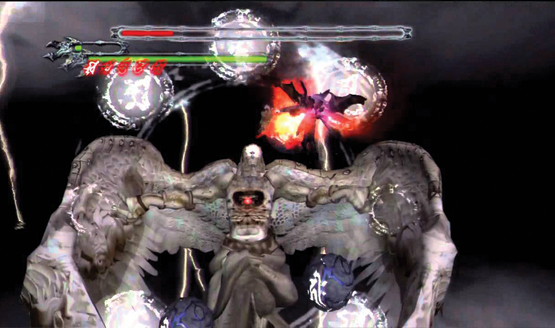
That said, and although Kamiya made a point of instilling a sense of challenge into the experience from the get-go, DMC‘s trump card — for newcomers, at least — was the “Easy Automatic” mode, which essentially allowed players to mash a single button to perform impossible stunts and combos.
Purists may balk at such a handicap, but for many it was a welcome point of entry that carried over to Devil May Cry 2 in 2003. Sadly, the same can’t be said for Kamiya-san, with Capcom opting to elect Hideaki Itsuno in his stead to direct the sequel, one which would go down as a disappointing misfire across the board.
Let’s Rock, Baby
Bland and repetitive where its forebear was rich and chock-full of personality, Kamiya’s direction was sorely missed, and the result was a Devil May Cry release that failed to capture the essence of what made the breakout original so unique. Gone were the verve and brash style of DMC1, with the studio choosing to even rein in Dante’s signature cockiness for a more reticent, and ultimately dull character.
Lowly sales prompted a little soul-searching over at Capcom, leading the Powers That Be to reconsider core gameplay mechanics and the battle system leading up to the launch of Devil May Cry 3 two years later. Citing the 2001 original as primary inspiration, Capcom eventually unveiled the third installment to be Dante’s Awakening, a prequel chronicling the tumultuous relationship between our roguish hero and his hellspawn of a brother, Vergil.
Packed to the rafters with tough-as-nails difficulty modes, weapons, secrets, bosses and alternate costumes, it’s small wonder why DMC 3 is widely celebrated as a high point for the series. It was well-written, too, with enough memorable one-liners to satisfy any cravings for cheesy ’90s action cinema and cutscenes befitting of an anime series.
It left remarkably big shoes to fill, though with the advent of new hardware in the PlayStation 3 and Xbox 360, Capcom began to stoke excitement for Devil May Cry 4, promising to introduce ardent fans to an older, slightly more aloof Dante — as if he wasn’t smug enough already.
Supplanting him as the core protagonist was Nero, a Holy Knight who served under the Order of the Sword. Equipped with a demonic arm, the franchise’s newfound hero harbored an innate connection with Sparda, and it was later revealed through panels and artbooks that Nero is actually the son of Vergil, which goes some ways to explaining his elaborate, scenery-chewing clashes with Dante.
Devils Never Cry
Soon after DMC 4 released, Capcom entertained the idea of rebooting Devil May Cry as opposed to pushing on with the current timeline. It was a line of thinking that lead the Japanese publisher to Ninja Theory who, after being impressed by fellow action-adventure title Heavenly Sword, recruited the British studio to helm a back-to-basics reboot that would go on to become DmC: Devil May Cry – arguably one of the most divisive sequels/reboots in any modern gaming series.
That was in 2013, when Ninja Theory’s bold revision was met with a wide spectrum of responses ranging from critical adulation — our own review clocked in at an 8.5 — to scathing comments from long-time supporters claiming that DmC was little more than the last nail in the coffin for Capcom’s cult series.
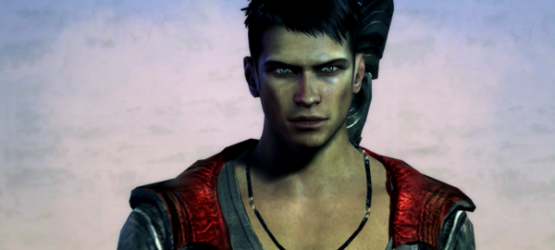
Unsurprisingly, it didn’t take long for the publisher to rubbish those wild allegations, indicating that Devil May Cry as we know it may not be dormant at Capcom for much longer. Could the series split onto two separate timelines going forward, thereby allowing DmC 2 and Devil May Cry 5 to co-exist?
Indeed with Ninja Theory busy crafting Hellblade: Senua’s Sacrifice, what does the future hold for Devil May Cry? Prior to E3 in June, speculation was rife that Capcom was on the verge of announcing DMC 5 — possibly as a PS4 exclusive. Alas, history tells us that those rumors proved to be just that, but the fact that Capcom brass refuse to rule out a new installment leads us to believe that there’s more here than meets the eye. Time will tell whether our Spidey (Sparda?) senses are on point.
So here’s to you, Devil May Cry. For the combos, the bosses, the one-liners, the unforgettable highs (DMC3) and the disheartening lows (see Devil May Cry 2), you’ll always hold a place in our hearts. Indeed it’s fair to say that few gaming franchises can hold a candle to Capcom’s unruly and hellish series and on this day, August 23, 2016, let’s ring in its 15th anniversary.
What are your fondest memories from Dante’s journey? Don’t forget to drop your initial impressions on the format of This Day in PlayStation History, too.
This Day in PlayStation History is a new and recurring feature here on PlayStation LifeStyle that will be acting as your window into the archives of all things PlayStation — birthdays, anniversaries, milestones and more.
Now Loading...PS4 Slim!
-
Now Loading...Your Reaction on PS4 Slim
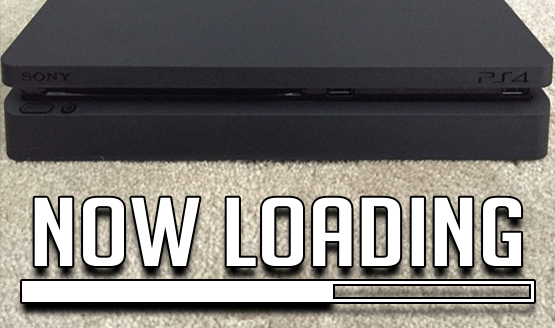
-
Zarmena Khan
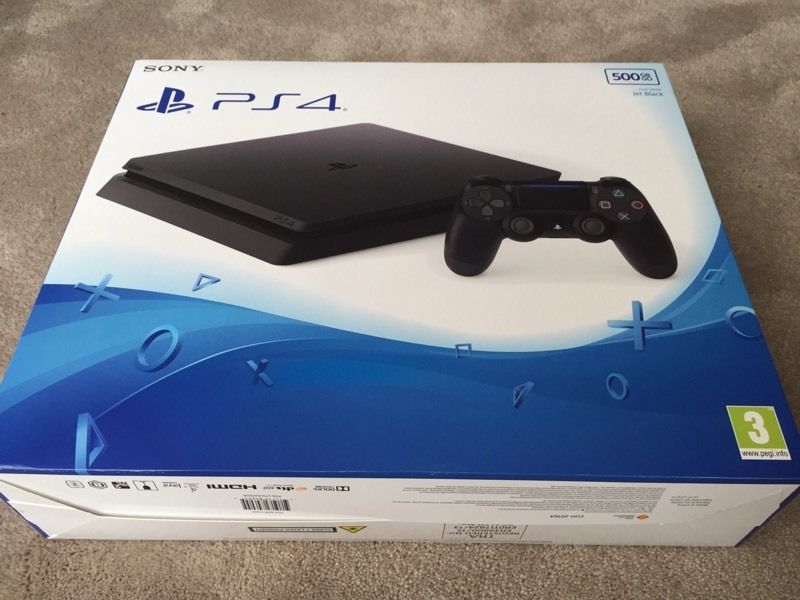
All I'm going to say is too many peripherals in one year. It's a bit overwhelming. PSVR, Xbox One S, Neo, now this. This just makes my decision-making process harder. Never thought I'd see so much happen just 3 years after the launch of current-gen consoles.
-
Stephen Bitto
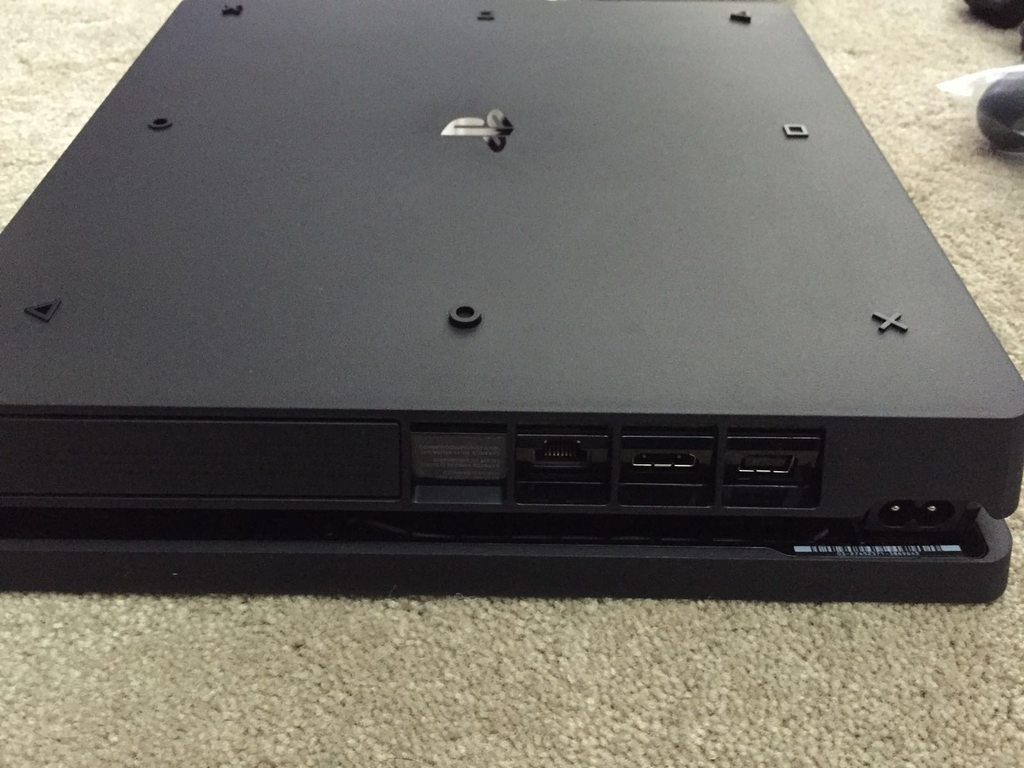
It makes a lot of sense to replace the standard PS4 with the PS4 Slim. Presenting two new PS4 options is a better look and easier sell than one new and one old.
-
Michael Briers
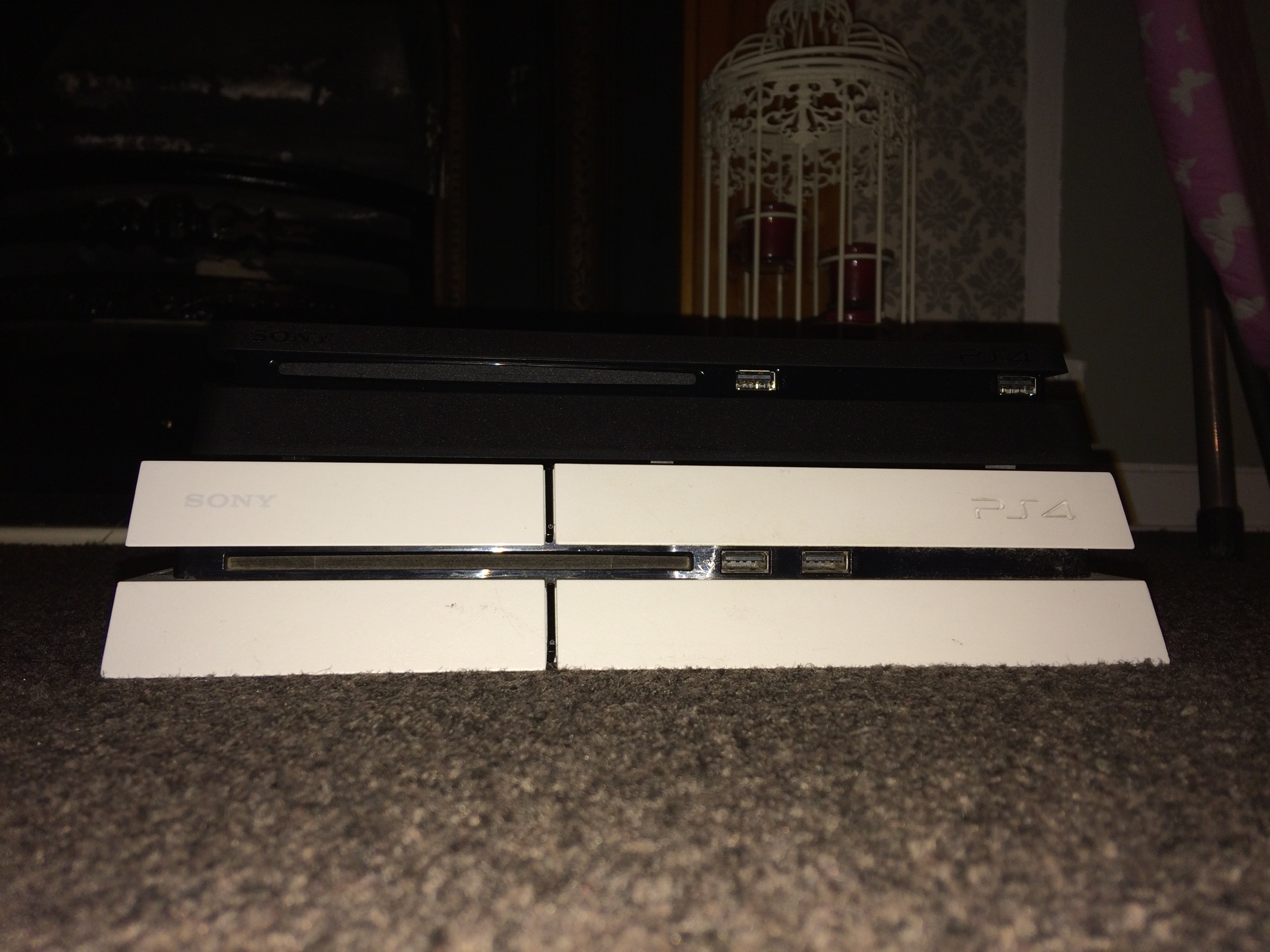
I'm usually of the mindset that the design build of the PS4 is so good that I'm not really interested in a slim model -- something I still feel after these leaked pics. PS3 to PS3 Slim was a fairly massive difference, though I understand there's only so much Sony can nip and tuck.
Side note: having the PlayStation icons on the bottom of the console is pretty damn cool. -
Chandler Wood
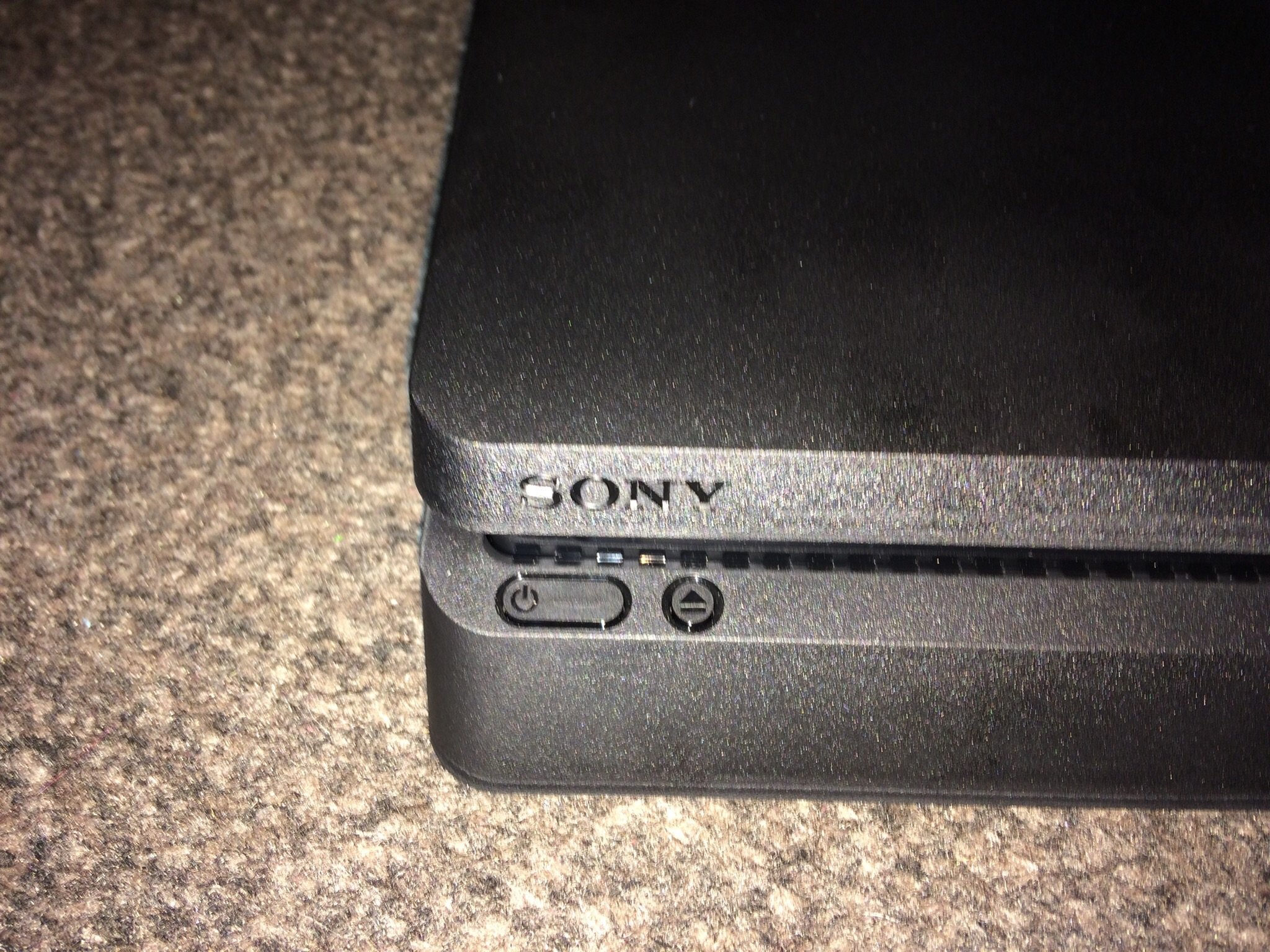
It was only a matter of time until there was an optimized slim PS4. It happens every console cycle. I think that 500 gig hard drive is a bad move, as most people would be easily willing to upgrade for the sake of a larger HDD alone, not to mention a smaller footprint, and likely optimized internals like a quieter fan.
It's very basic looking. Basically just a flat box with a disc slot. It's not ugly, but lacks some of that design chiq that Sony is known for.
How this factors into the whole "Neo" business is another thing entirely. Is this the console that is rumored to release in October, with Neo actually pushed out to next year? Good for Sony though, keeping competitive with the brand and giving even more reasons to adopt this gen.
-
Cameron Teague
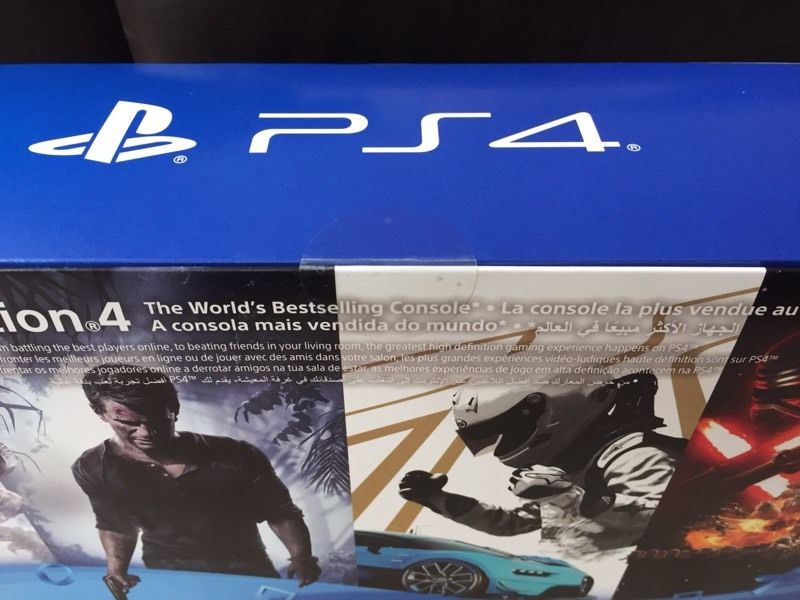
Too many new things is making my head hurt. I mean, it looks OK I guess, but my thought is, what it really needed?
-
Alex Co
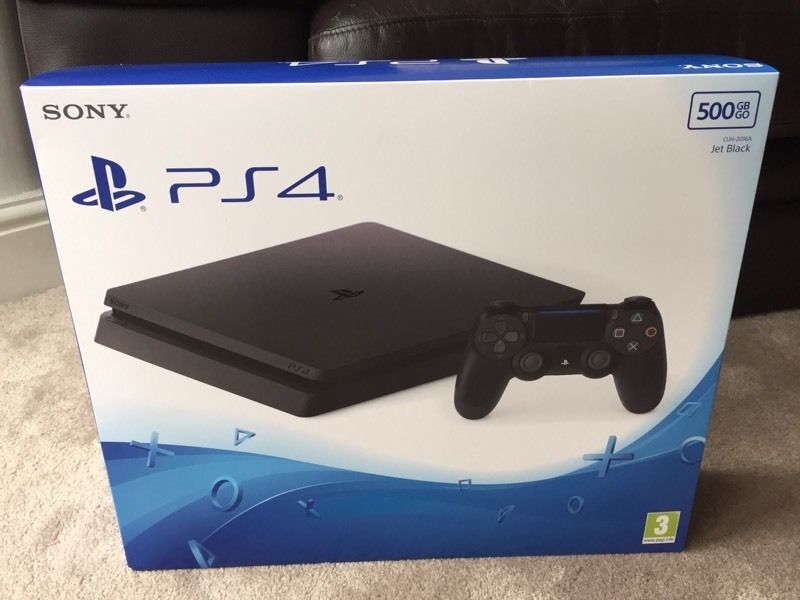
I personally am OK with it, but that 500GB does need to be bigger. However, I think Sony kept it due to pricing reasons, since this will be the "budget" PS4, while the PS4 Neo will be the premium one.
I most likely won't get one since the PS4 Neo, PSVR will mean I'll be eating paper plates for a month or two to afford 'em.
That said, if Sony can price this very well (say, $250?), then it could corral more players and just flat out dominate this generation...if isn't already.
-
Mack Ashworth
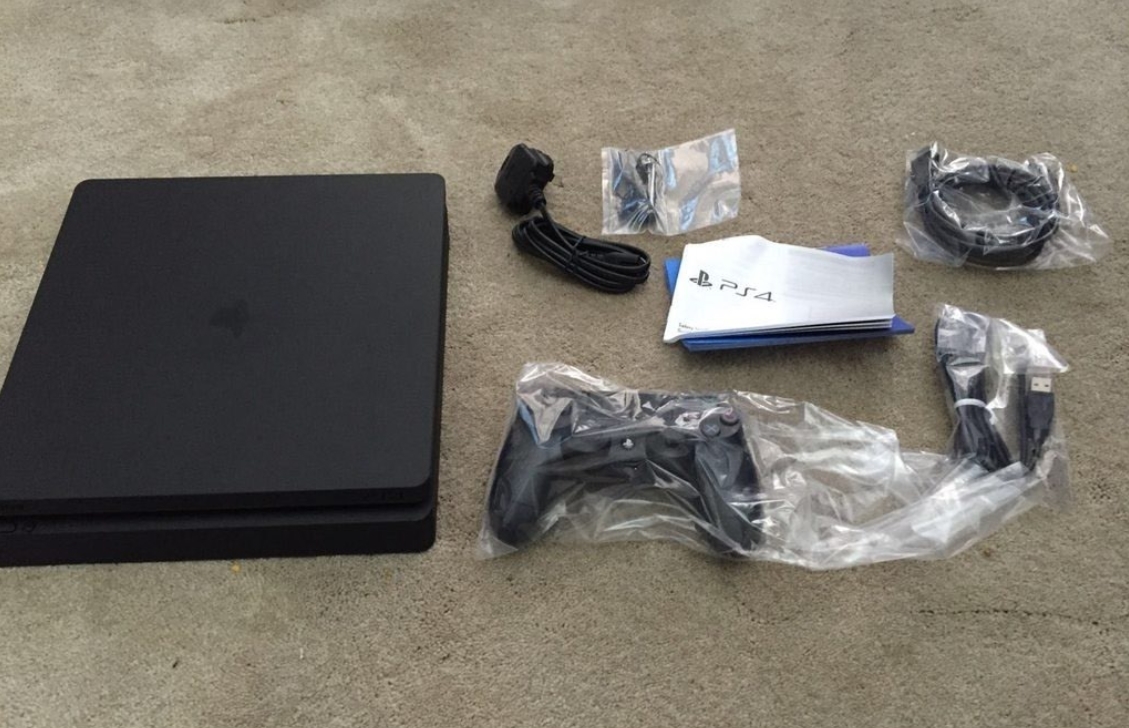
One of my favorite things about the PlayStation 4 is just how slim it already is. I don't really see the need of a "PS4 Slimmer", and I think the new design is pretty ugly.
Hopefully this console doesn't confuse the marketing surrounding the upcoming Neo, as I know that's been an issue for Microsoft and the Xbox One S/Project Scorpio.
